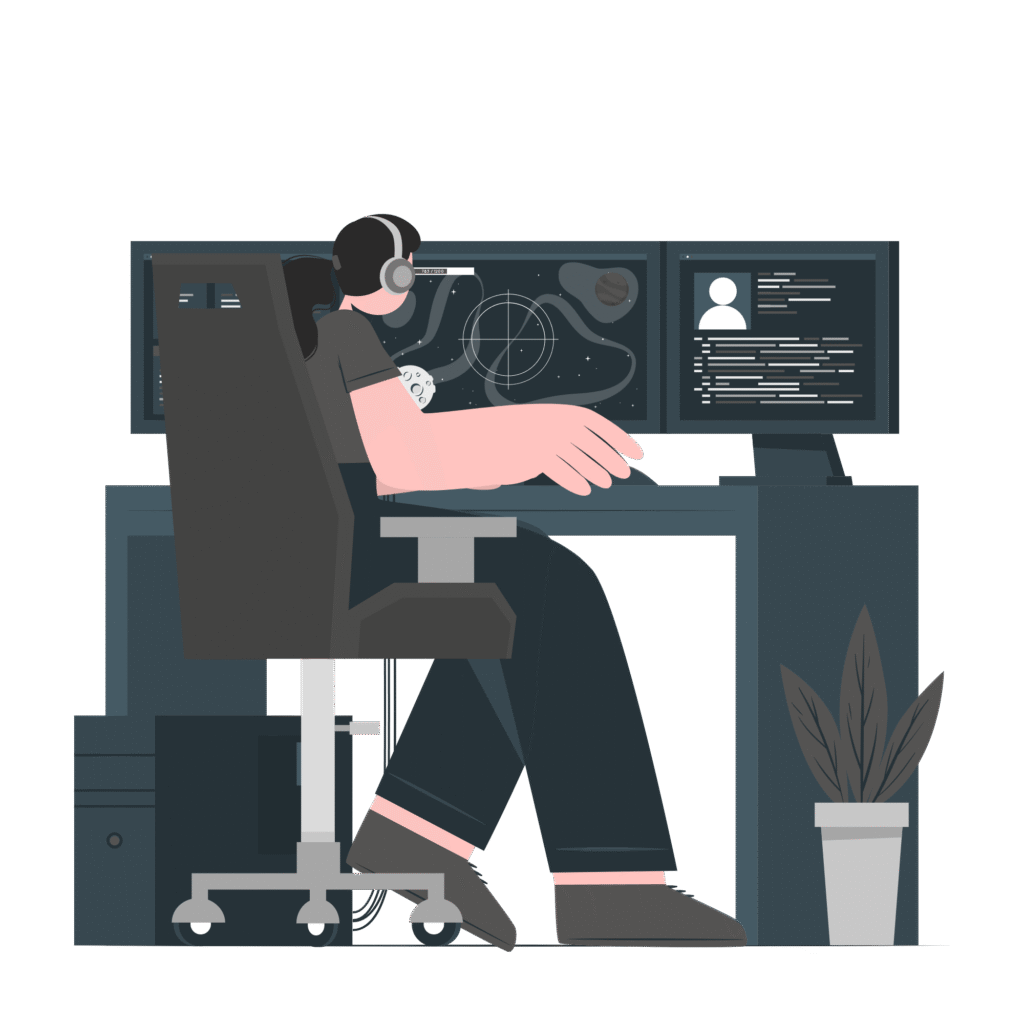Is your high-end gaming PC isn’t performing like it should? You’ve got the RAM, the GPU, the SSD, but it still stutters? You’re likely dealing with a bottleneck, and a bottleneck calculator can help you fix it before wasting money on the wrong upgrade.
We’ll break it all down: what bottlenecks are, how they affect your system, how to use a calculator effectively, and most importantly, how to fix them.

To understand the bottleneck, just think of your PC like a highway. Let’s consider that your CPU, GPU, RAM, and storage are all vehicles on the same road. So if one car slows down, it causes a traffic jam. That traffic jam is your bottleneck.
Let’s consider it through a real real-world example. Let’s say you’re using an RTX 4070 but still gaming on a 10-year-old Intel i3. Your GPU is waiting for the CPU to send it data. That waiting time causes lower frame rates, stutters, and lag, even though the GPU isn’t the problem.
A bottleneck calculator is a tool that helps you determine if your hardware components are lagging. It analyzes your CPU, GPU, RAM, resolution, and sometimes even storage type to estimate whether one part is slowing the others down.
Our tool does more than just crunch numbers; it gives you real insights into how your PC performs. Here’s what you can expect:
With this calculator, you can easily know which part needs to be upgraded. You don’t need to blindly upgrade parts
A better match between CPU and GPU gives you smoother gameplay.
Better hardware balance means faster loading, rendering, and multitasking.
Component | What It Does | Why It Matters |
CPU | Processes data and game logic | A slow CPU can bottleneck a high-end GPU |
GPU | Renders images and video | If too weak, it struggles in modern games |
RAM | Supports multitasking | Too little causes constant background swapping |
Storage | Loads data into RAM | NVMe > SSD > HDD for speed |
Resolution | Affects GPU workload | 4K puts far more strain than 1080p |

Result | Meaning | Action |
0–5% | Balanced | You’re good to go! |
5–10% | Minor Imbalance | Could benefit from a small tweak (RAM, resolution change) |
10–20% | Significant | Strongly consider a targeted upgrade |
20%+ | Major Bottleneck | You’re leaving serious performance on the table |
Most calculators skip this, but you shouldn’t.
If you have a CPU bottleneck:
If you have a GPU bottleneck:
For RAM or storage bottlenecks:


Some calculators provide game-based bottleneck analysis. These tools help with:
Keep your PC clean and cool because dust affects performance
Always check component compatibility before upgrading
Regularly update GPU and CPU drivers, and the BIOS
Use HWMonitor or Afterburner to check usage stats
Some of you search for niche terms like bottleneck calculator, CPU agent, or specific tools like The Bottlenecker when troubleshooting performance issues. Although these names may differ, the main goal remains the same: to review the relationship between your components to find and fix hardware mismatches.
Your GPU won’t perform well if your CPU can’t keep up. A fast CPU won’t be effective if your storage is a slow HDD. That’s why smart PC users use bottleneck calculators. Check them before every upgrade. Think of them as a pre-flight checklist for your next PC build or optimization session.
While bottleneck calculators are valuable tools for diagnosing performance issues, they have limitations that users should be aware of. They may not account for all variables, such as software-specific requirements or thermal throttling, and rely on generalized data, which might not fully reflect real-world usage patterns.
Therefore, while the calculator offers guidance, it should be used in conjunction with other diagnostic tools for a comprehensive analysis, especially for advanced users seeking detailed explanations. This focus on quick fixes and tips may not appeal to niche audiences looking for in-depth technical analysis, potentially missing long-tail keyword opportunities related to advanced bottleneck diagnostics.
Over ten percent is typically considered too high. The greater the percentage, the more slowdowns you will observe.
It is when one component restricts the full utilization of another component. For example, your CPU or GPU impacts slower parts and leads to performance issues.
There are bottleneck calculators available. Just input your system specifications, and it will indicate which component is the reason for a slowdown.
Yes, either the CPU or the GPU can bottleneck your system if one component limits the performance of the other
Shut down other applications and lower in-game settings. In worst cases, it could also mean upgrading your CPU, especially when dealing with bad bottlenecks.
Certainly. RAM that is insufficient for the system or a low-quality motherboard with low bandwidth might limit CPU and GPU power, thus creating bottlenecks.
Start with identifying the bottleneck first. From there, performance values can be evaluated, and a bottleneck calculator can be used to find the weaker component.
No, it’s predictive. Use it before or after buying hardware, not during gameplay. For real-time tracking, use MSI Afterburner or HWInfo.
Any time you:
Not really. You’ll probably never notice it unless you’re benchmarking or pushing ultra settings. Anything under 15% is usually fine.
Laptops have integrated components that can’t be upgraded, so they’re mostly useful for diagnosing rather than fixing.
A GPU usually offers more immediate performance benefits in gaming. But if your CPU is 5+ years old, it’s probably time to upgrade it.